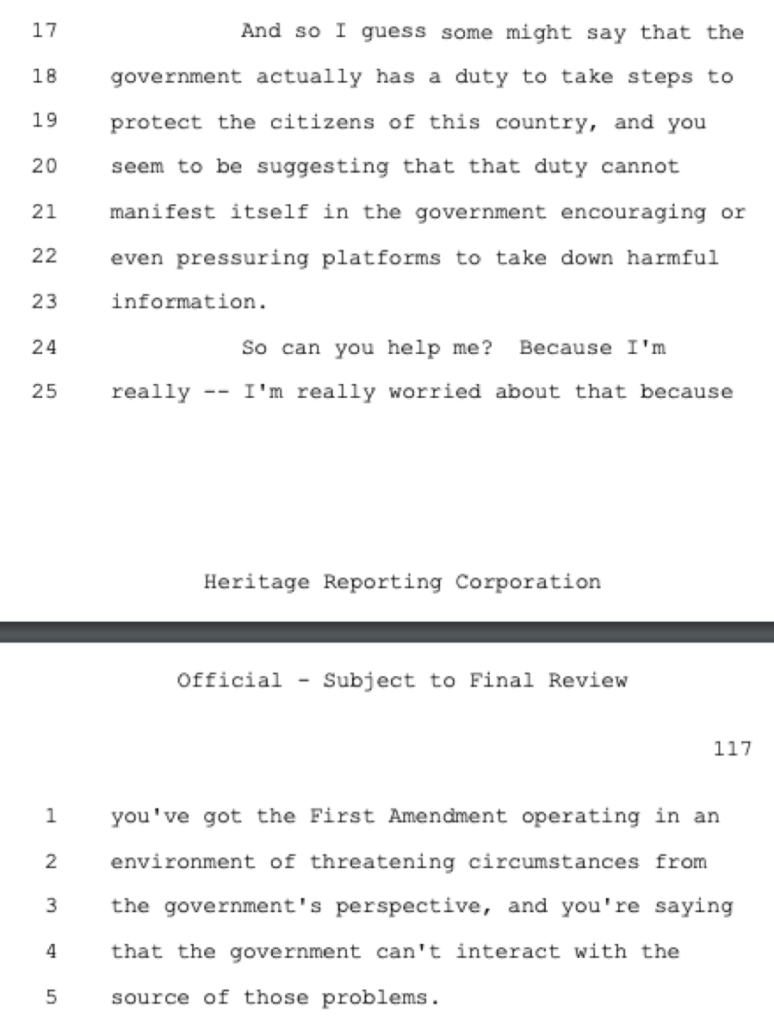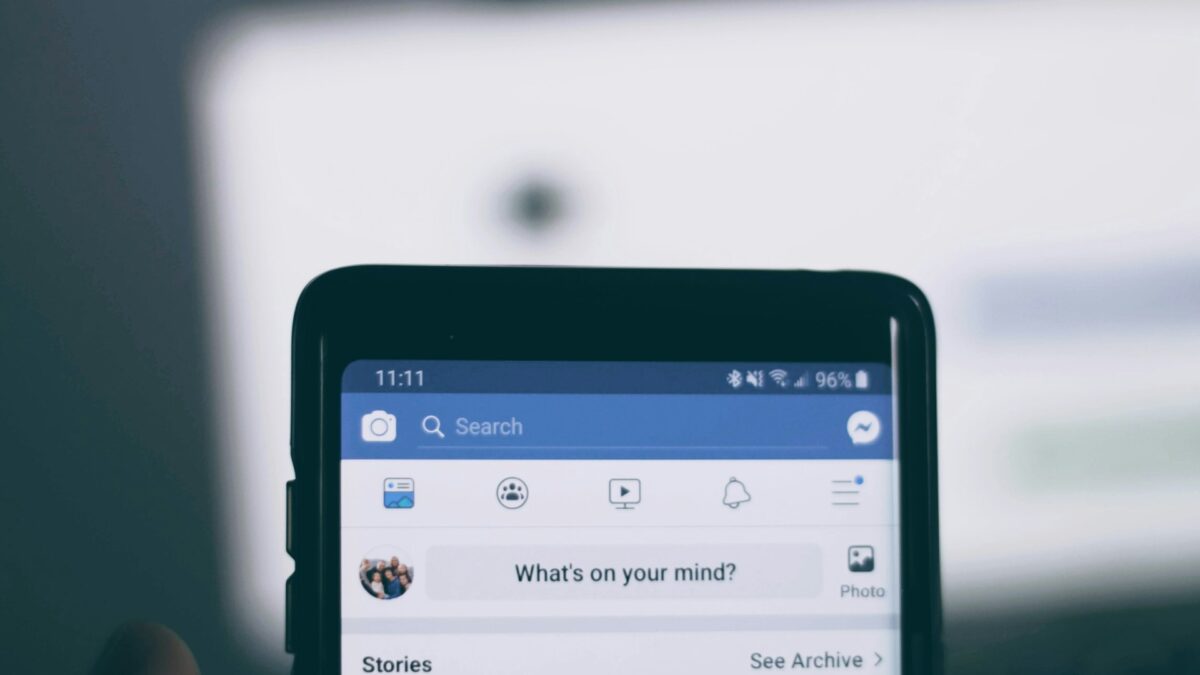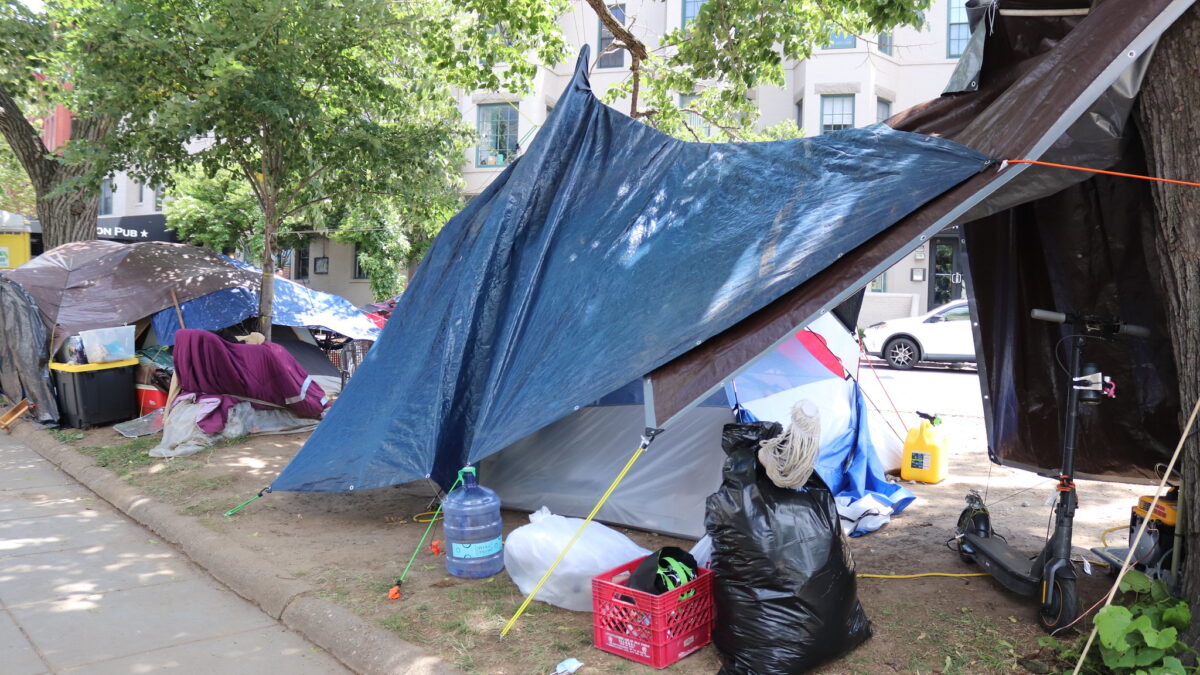On Monday, the censorship-industrial complex was put on trial when the Supreme Court heard oral arguments in the landmark free speech case Murthy v. Missouri.
Evidence in the case revealed that in the run-up to the 2020 election, and increasingly thereafter, a raft of federal agencies both directly and via cutouts cajoled, coerced, and colluded with social media companies to censor wrongthinking Americans at a magnitude of millions of posts on matters ranging from the New York Post’s Hunter Biden laptop story to the integrity of mass mail-in balloting and the efficacy of Covid vaccines.
The Louisiana district court that originally heard the case found, and a 5th Circuit Court of Appeals panel affirmed, that these efforts — emanating from entities such as the Biden White House, FBI, and CDC to control the digital public square, interfering in our elections and skewing public policy debates — likely constituted a massive assault on the First Amendment.
The feds, the courts suggested, had effectively turned the likes of Facebook and X/Twitter into its deputized speech police, becoming state actors whose “content moderation” decisions violated constitutional restrictions on abridging speech.
The district court issued a preliminary injunction, that the appeals court narrowed and modified but upheld, to freeze the speech policing during the pendency of the case. It prohibited the Biden White House and implicated agencies from taking any actions: “formal or informal, directly or indirectly, to coerce or significantly encourage social-media companies to remove, delete, suppress, or reduce, including through altering their algorithms, posted social-media content containing protected free speech.”
So the feds brought their case to the Supreme Court. Claiming that restrictions on their ability to pressure social media companies to censor would “irreparably harm” the government, violating its right to influence the digital public square in support of the state’s national security and public health agenda, it asked the court to rule on whether the government had indeed engaged in a First Amendment violation of the highest order, and on the “terms and breadth” of the preliminary injunction.
Most disturbingly, if oral arguments were any indication, it appears the government may prevail and eviscerate our First Amendment in the process.
Irrespective of how it comes down in this case, the federal government’s position combined with the clear-cut support from the court’s three left-most judges speaks to the extent to which free speech is in deep trouble in this country.
What follows are some of the most critical, and often disturbing, takeaways from oral arguments.
1. Feds Are Appalled at the Probing of Their Speech Policing
On multiple occasions, the U.S. government lamented that the plaintiffs in the case — eminent doctors who dissented from the public health establishment’s Covid orthodoxy, Jay Bhattacharya, Martin Kulldorff, and Aaron Kheriaty; the Gateway Pundit’s Jim Hoft; and health freedom advocate Jill Hines — were using the courts to “audit” their censorship efforts.
In so doing, the government, which claims it has free speech rights, suggested it believes it too has a right to privacy regarding said censorship efforts.
Officials may no doubt believe they should be able to operate without Americans looking over their shoulders, surely would invoke rationales like national security to justify it, and fearmonger that Murthy will open the floodgates to more such “audits.” “We can’t bog down unimpeachable bureaucrats and the courts,” they would likely say.
But their position raises a question: Are they more concerned about being probed, or that the probe at hand revealed the massive size, pervasive scope, and nefarious nature of the government’s censorship efforts?
Simply put, without Murthy v. Missouri we would have known almost nothing about this brazen conspiracy to kill our First Amendment, and therefore lacked anything remotely resembling a window into the censorship-industrial complex. So again, is the government’s issue with the audit, or with what the audit revealed about its depredations?
2. Feds Believe Their Censorship Is Legitimate So Long as it Doesn’t Strong-Arm Anyone
Relying on precedent from the 1963 Bantam Books v. Sullivan case, Principal Deputy Solicitor General Brian Fletcher, representing the government, sought to make Murthy a case about whether the government used “persuasion” (legal) rather than “coercion” (illegal) to get social media companies to violate the First Amendment on its behalf as deputized speech police.
“[W]hen the government persuades a private party not to distribute or promote someone else’s speech, that’s not censorship,” Fletcher said. “That’s persuading a private party to do something that they’re lawfully entitled to do.”
Many of the justices seemed to concur in this framework, trying to pin down for both the defendants and plaintiffs where persuasion ends and coercion begins, and what evidence each side had for their claims. Notably, Chief Justice John Roberts indicated his belief that government agencies are “not monolithic. And that has to dilute the concept of coercion significantly, doesn’t it?” in questioning the plaintiffs.
There is overwhelming evidence that White House and agency officials, buttressed by Congress, cajoled, coerced, and colluded with platforms to censor core protected speech with the threat of Section 230 reform, antitrust action, and all the awesome power the federal government can bring to bear in its back pocket.
Discovery in the case shows that repeatedly, government officials flag specific posts and accounts for tech companies, press those companies to censor such content, ask them what actions they have taken, suggest content moderation policies and ask if the platforms have updated accordingly, etc. The direct and indirect pressure was unending.
The district and appellate courts concurred. They found that the Biden White House, FBI, CDC, Surgeon General’s Office, and DHS sub-agency CISA all engaged in “significant encouragement.”
But the feds argued, and skeptical judges including troublingly Chief Justice Roberts and Justice Kavanaugh seemed to buy the argument that the lower courts got it wrong. They seemed to agree that all the feds did was and is good and well because the government browbeats journalists all the time into modifying or not printing stories. They implied that government requests or demands do not come with the implicit threat of action and that the government only crosses the line when it makes the threat of adverse action explicit.
3. Feds Framed Their Censorship as a Right to Speak
Justice Thomas, early in questioning the feds, pressed them to clarify where they believed their right to speak came from. The government asserted, “It’s not a right that comes from the First Amendment. It’s a feature of our constitutional democracy.” Later in testimony, it would say the rights emanate “from the structure of our Constitution.”
In response one might ask — though no justice did: Is it a “feature of our constitutional democracy” to use government speech, backed with the full faith and credit of the federal government, to deputize speech police and abridge our first freedom?
Justice Thomas early in questioning calls out the government over its belief in an expansive government right to speech (but, left unsaid, apparently a far more narrow right for Americans).
— Benjamin Weingarten (@bhweingarten) March 19, 2024
USG: "It's not a right that comes from the First Amendment. It's a feature of our… pic.twitter.com/SCXed7OrGP
4. The Feds Want SCOTUS to Bless Their Speech Policing During the Election
One argument the feds leveled against the preliminary injunction, freezing speech policing by proxy during the pendency of the case — but that the Supreme Court froze via stay in taking up the case, to Justice Alito’s chagrin — is that: “We certainly don’t think that they [the plaintiffs] have shown that they face the sort of imminent threat of future injury that’s required to satisfy Article III.”
Here is how Americans ought to read that statement: The censorship-industrial complex wants to be fully operative in 2024 and in perpetuity, with the Supreme Court legitimizing it.
The government wants you to take its word for it, however, that the censorship regime imposed under the pretext of Covid and the 2020 election won’t persist and grow infinitely more pervasive and sophisticated.
5. Public Health Emergencies Justify Censorship, Feds Argue
Fletcher claimed that deputizing social media companies as speech police was a necessity as part of “an effort to get Americans vaccinated during a once-in-a-lifetime pandemic. And I really think that piece of context, it doesn’t change the First Amendment principles, but it’s relevant to how they apply here.”
This view gets things backward. When there’s a crisis and major public policy issues being debated, that is precisely when you need more speech and scrutiny of authorities. Not less.
There is no exception, as the government acknowledges, for violating the First Amendment because government declares a crisis or emergency. The slippery slope is obvious. So too is the idea that government will use myriad pretexts going forward to censor us if they evade justice in Murthy.
The government makes a very telling comment here that deserves emphasis. It claims turning the social media platforms into deputized speech police could be attributed in part to "an effort to get Americans vaccinated during a once-in-a-lifetime pandemic. And I really think that… pic.twitter.com/aZ9UCSYn4h
— Benjamin Weingarten (@bhweingarten) March 19, 2024
This is to say nothing of the fact that government got so much wrong, particularly with respect to the Chinese coronavirus pandemic. Its tyrannical approach to dissenting views was anti-scientific and arguably did great damage to public health while at the same time eroding liberty and justice.
6. Justice Jackson Revealed Her Radical Anti-Speech Position
Justice Ketanji Brown Jackson is perhaps even more radical than the government in her view of the First Amendment.
By her logic, as reflected in the below exchange, one would think it is written in the Constitution that the state has an inalienable right to censor the citizen when it deems that circumstances merit it — as well as that the state is omniscient.
Justice Jackson is perhaps even more radical than the government in her view of the First Amendment. By her logic you'd think it's written in the Constitution that the state has an inalienable right to censor the citizen when it deems that circumstances merit it — as well as… pic.twitter.com/6F8nwF6Uim
— Benjamin Weingarten (@bhweingarten) March 19, 2024
7. Justice Kavanaugh Seems Likely to Cave
In one exchange, Justice Kavanaugh seemed to offer an out to the government, defending Joe Biden’s infamous 2021 line about how social media companies are “killing people,” and then suggesting his strict view of the “coercion” standard by which to adjudicate Murthy. He does not push back on the feds’ “significant encouragement” argument, nor the concerns about their speech (but not ours) being “chill[ed].”
Sitting through oral arguments in person, one takeaway was that the case felt like an “away game” for the American people in the ultimate company town.
8. The Plaintiffs Backed Down Under Duress, and That’s Concerning for All of Us
During the largely critical questioning, Solicitor General Aguiñaga appeared to have been put on his back foot. Toward the end, he seemed to start pleading for relief from the court for the plaintiffs and the country.
He conceded: “We’re completely fine if you want to limit the injunction to the five platforms as to which we were able to get preliminary discovery. That’s completely fine with us. If you want to limit just to the seven plaintiffs, also completely fine.”
Then he added: “I think the most important takeaway in this case is that the court has to say something in our favor on the merits. The government can’t just run rampant pressuring the platforms to censor private speech.”
That is what’s at stake, but I’m not confident the justices were convinced.
Justice Jackson went viral for saying, “My biggest concern is that your [the plaintiffs’] view has the First Amendment hamstringing the government in significant ways in the most important time periods.”
Her comment rightly garnered outrage for turning the First Amendment on its head. But even more outrageous is that her perspective is consistent with not only the U.S. government under the Biden administration but perhaps a majority of the Supreme Court.

If this view prevails, we will face an extinction-level event for the First Amendment, or at least what’s left of it.









